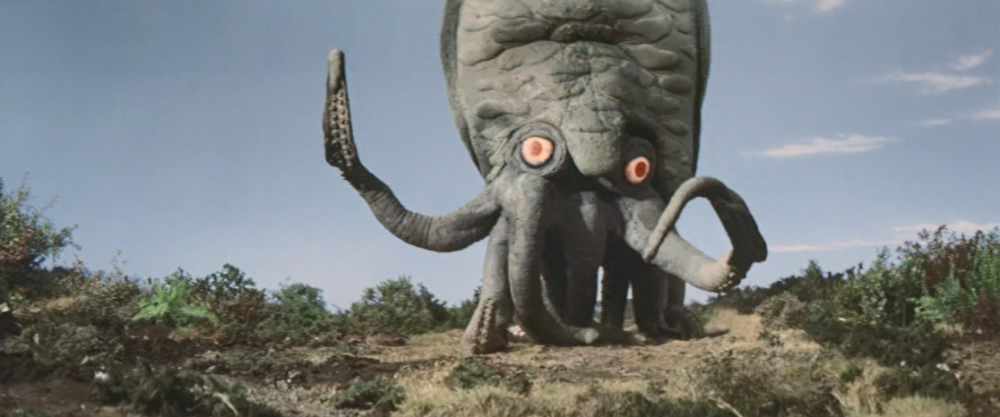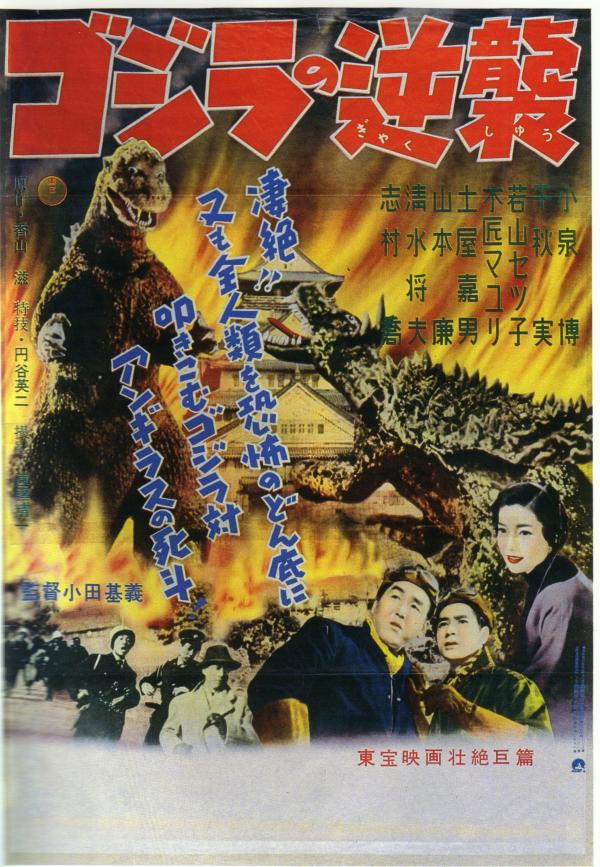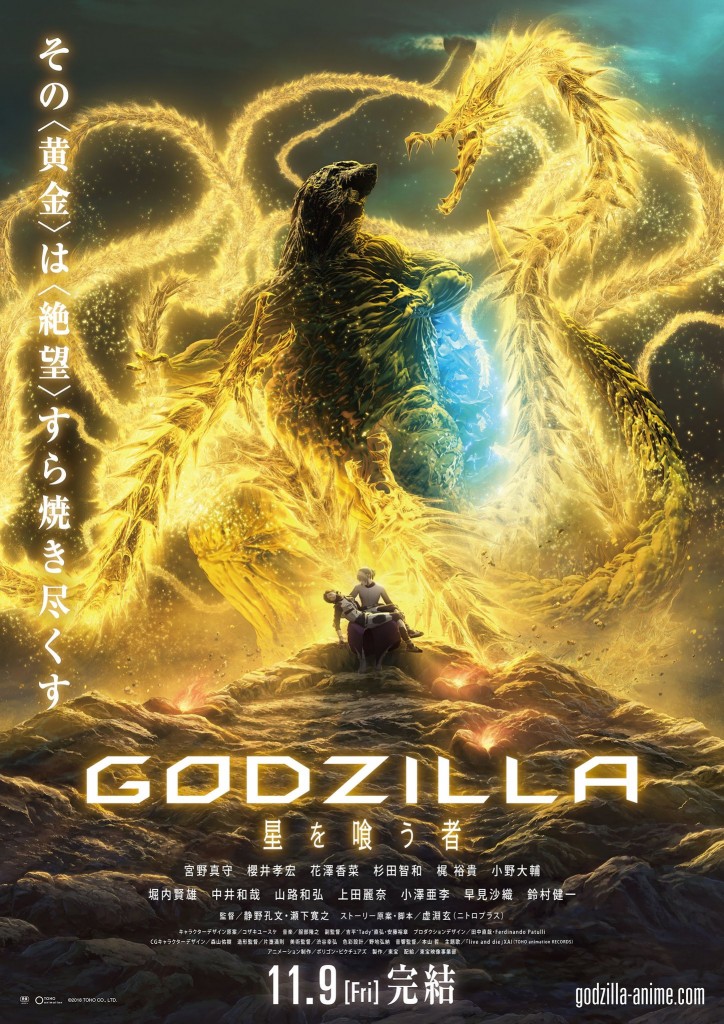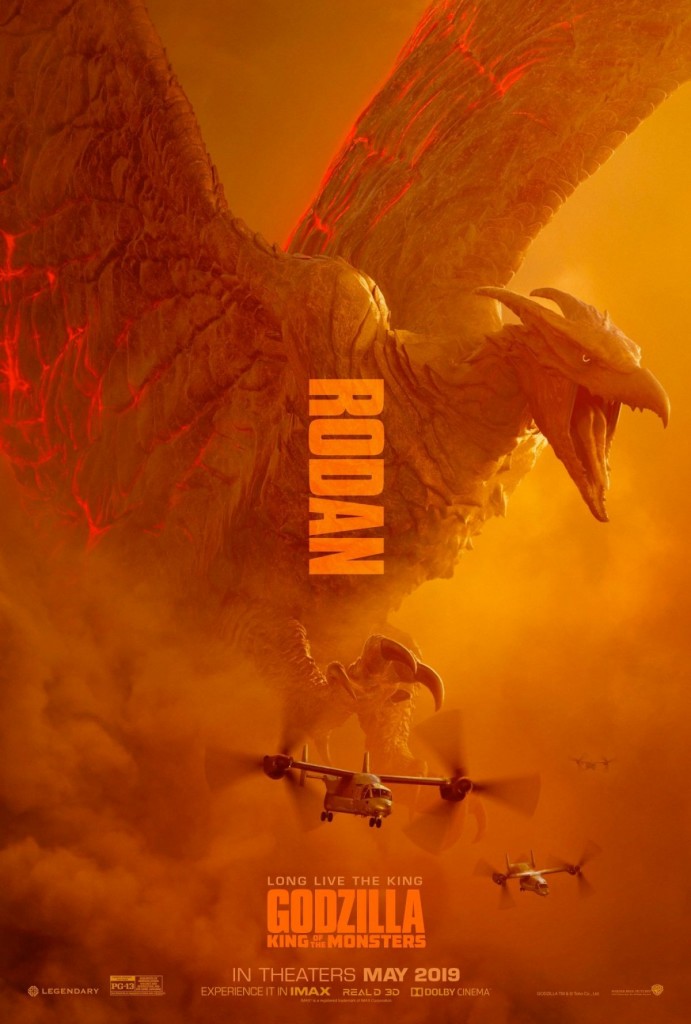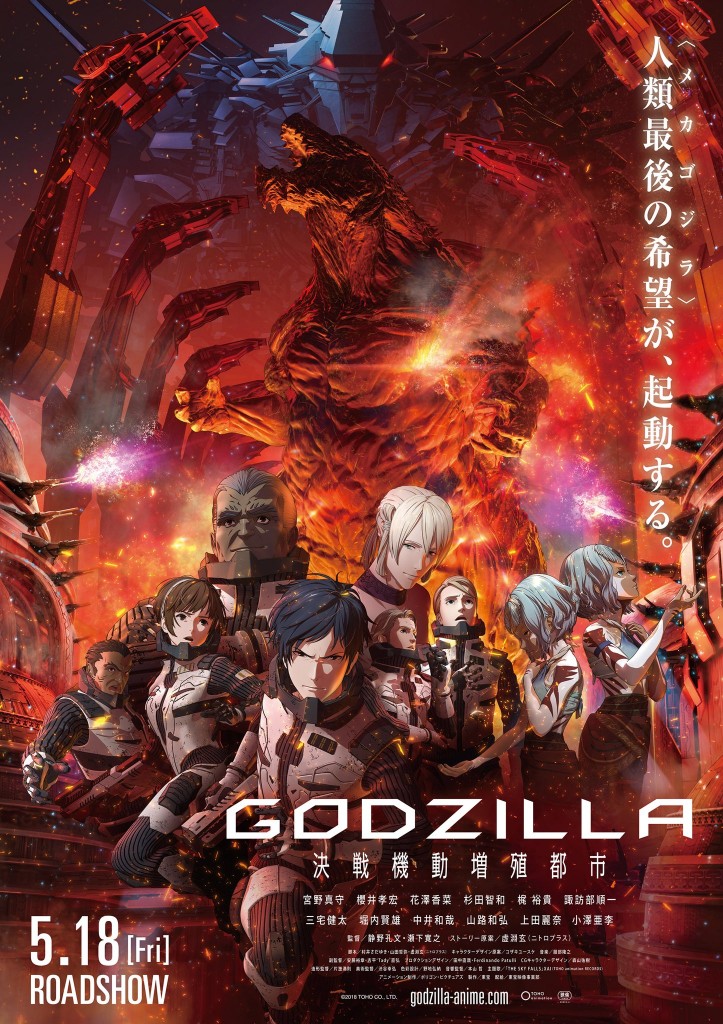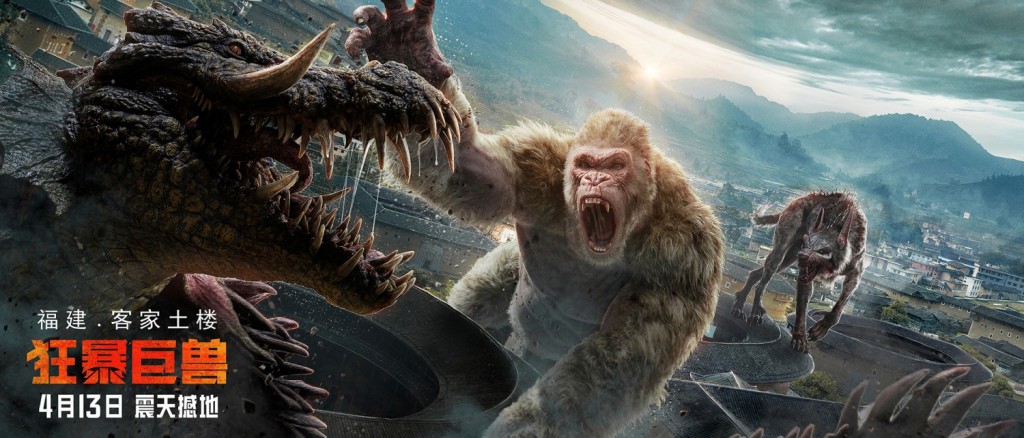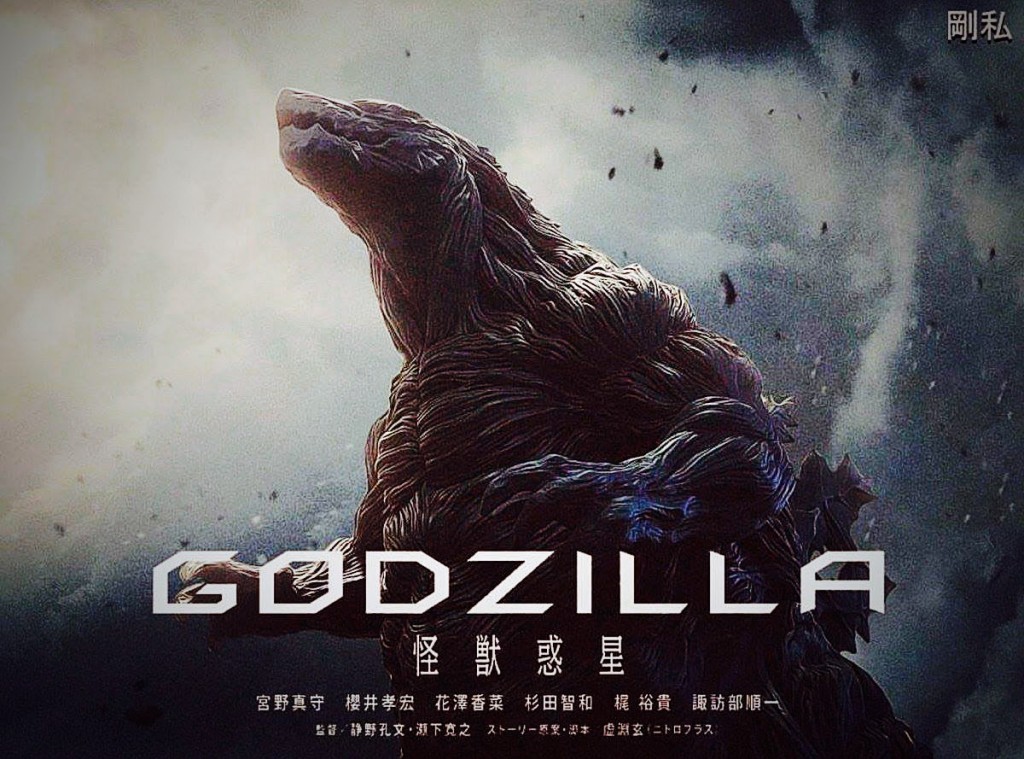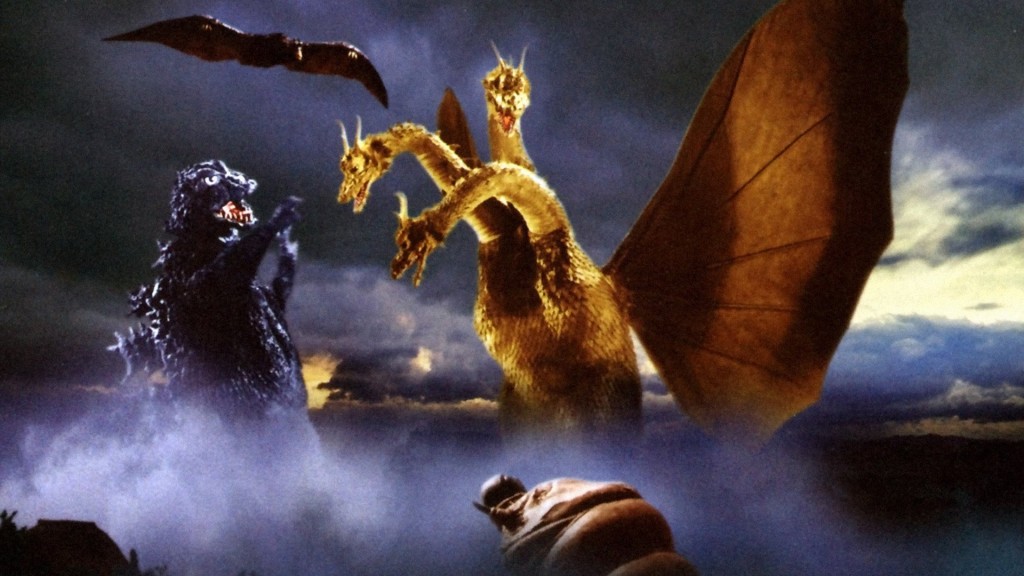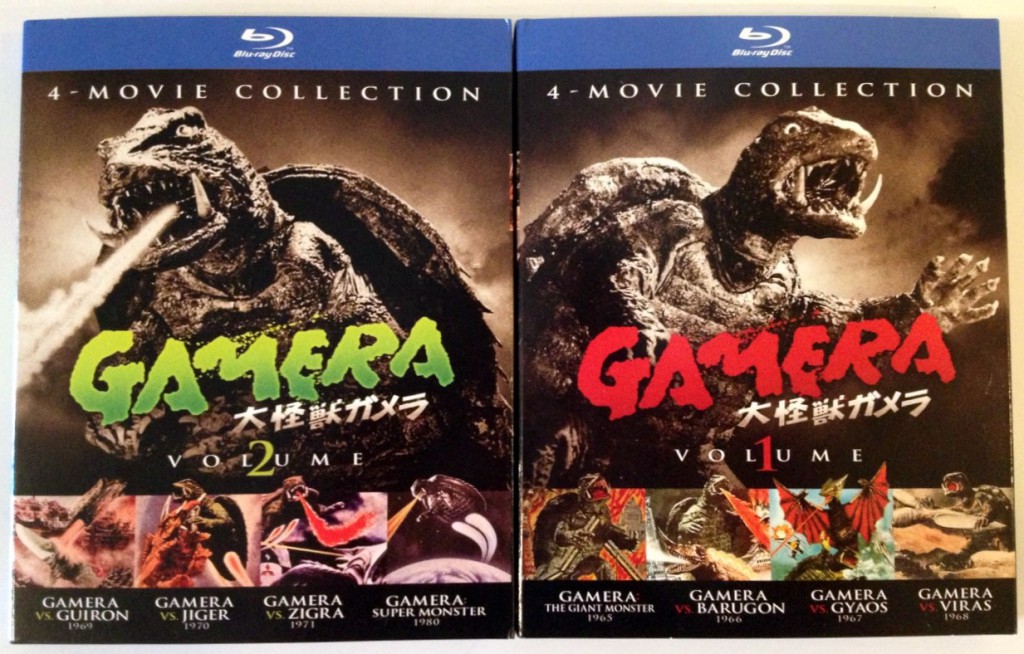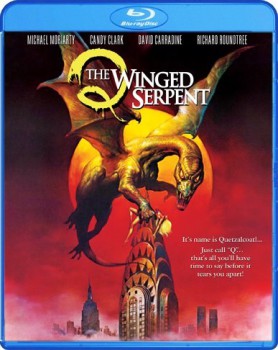 Q (1982)
Q (1982)
Written, Produced, and Directed by Larry Cohen. Starring Michael Moriarty, David Carradine, Candy Clark, Richard Roundtree.
You want to know something that rocks? Actually, two things that rock, at least in my little world:
1. The Chrysler Building
2. Giant Monsters
So when you have a movie about a giant flying monster nesting in the Chrysler Building, you have something that rocks so hard it makes Van Halen sound like One Direction. Again, at least in my little world.
Video distributor Shout! Factory continued its stellar series of classic B-movie releases on Blu-ray in September with the HD debut of Q. This 1982 sleeper hit, concerning the Aztec god Quetzalcoatl (or a non-god of the same name) appearing in New York City as a humungous flying snake that likes to snap the heads off window washers and topless sunbathers, was always crying out for Shout! Factory to pluck it up.
The company has packaged the film with its alternate marketing title, Q: The Winged Serpent, and repeated the original tagline over the Boris Vallejo artwork: “It’s name is Quetzalcoatl… Just call it ‘Q’… that’s all you’ll have time to say before it tears you apart!” However, Shout! Factory fixed the original poster’s grammatical error, correcting It’s to Its. That is one of the few disappointments I have with their presentation of this nifty low budget flick; I know Shout! Factory doesn’t want to seem careless on the cover for their product, but that grammatical glitch adds charm to the story of a clueless low-life criminal/jazz pianist who holds New York hostage with a winged snake.
…
Read More Read More
